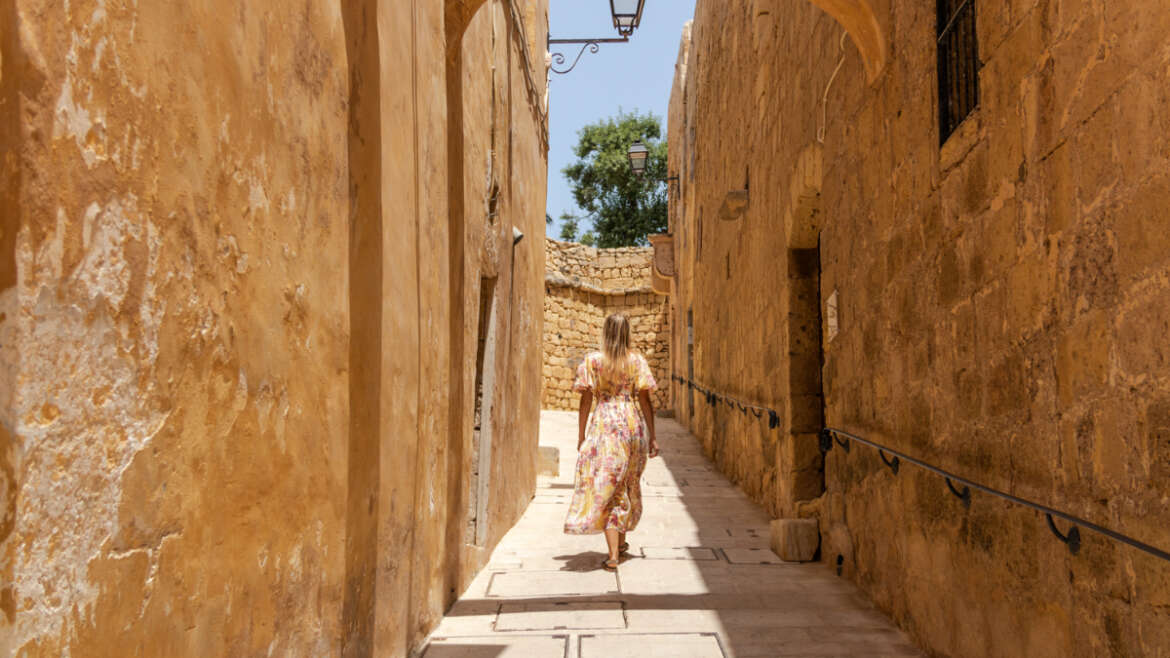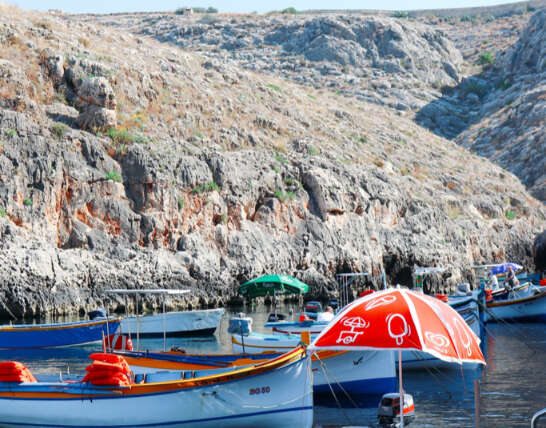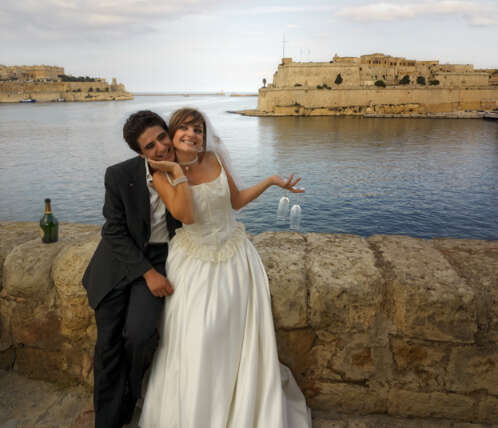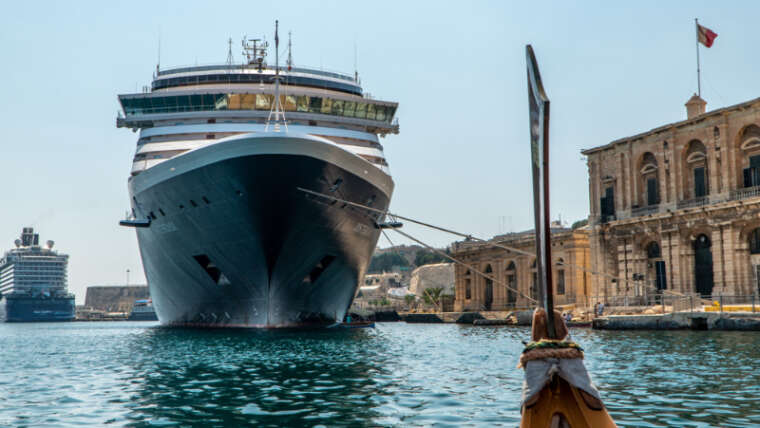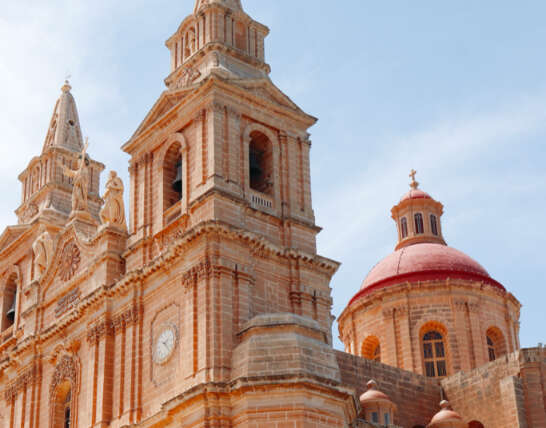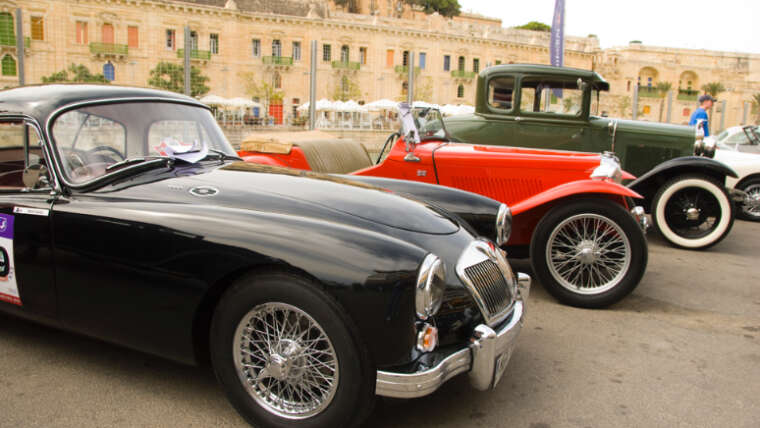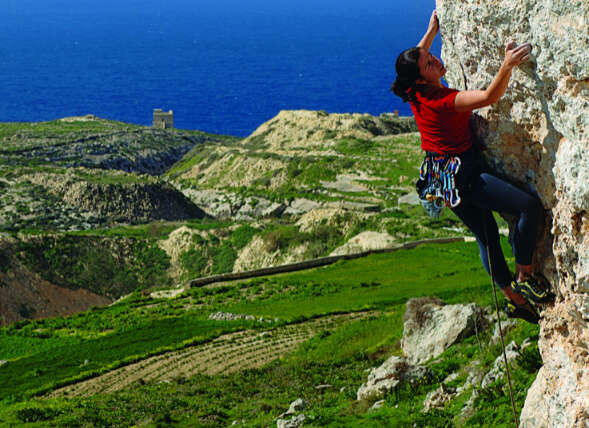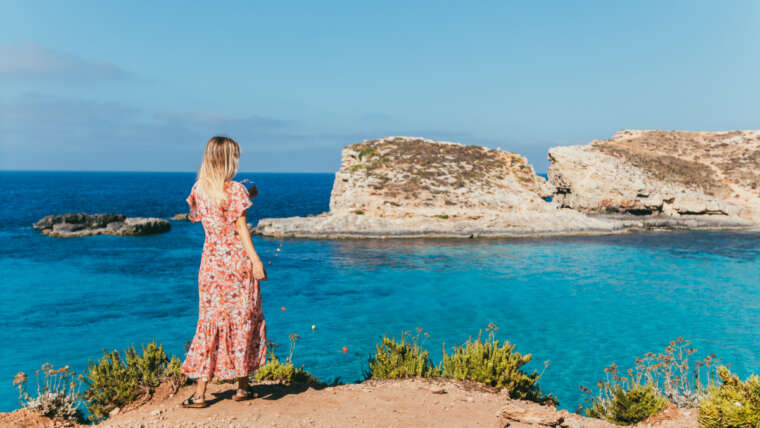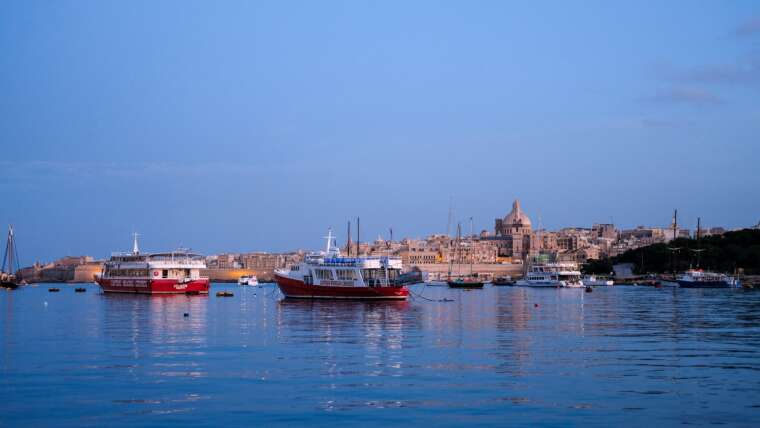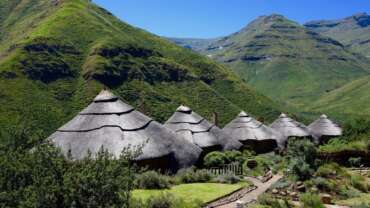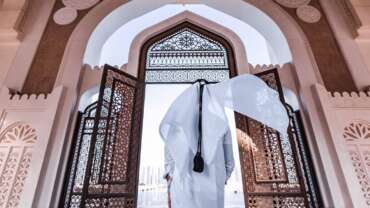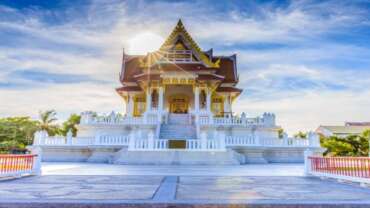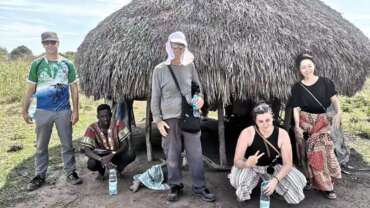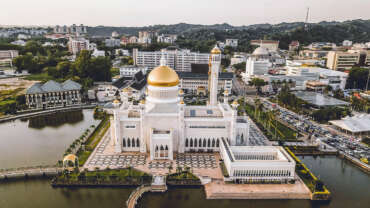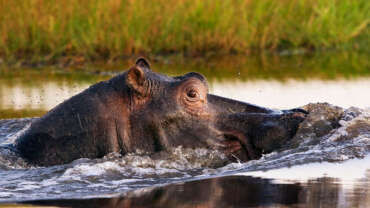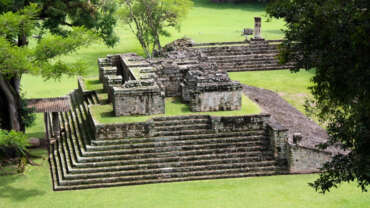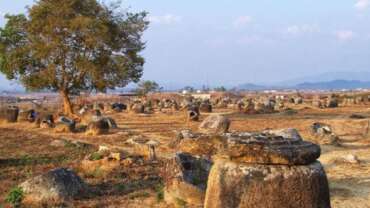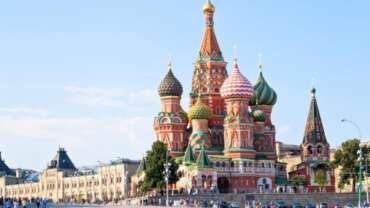Malta - Welcome to the heart of the Mediterranean
Malta is an archipelago in the central Mediterranean between Sicily and the North African coast. It’s a nation known for historic sites related to a succession of rulers including the Romans, Moors, Knights of Saint John, French and British. It has numerous fortresses, megalithic temples and the Ħal Saflieni Hypogeum, a subterranean complex of halls and burial chambers dating to circa 4000 B.C.
History of Malta
The history of Malta is a long and colourful one dating back to the dawn of civilisation.
The Maltese Islands went through a golden Neolithic period, the remains of which include the mysterious temples dedicated to the goddess of fertility. Later on, the Phoenicians, the Carthaginians, the Romans and the Byzantines, all left their traces on the Islands.
In 60 A.D. St. Paul was shipwrecked on the island while on his way to Rome and brought Christianity to Malta.
The Arabs conquered the islands in 870 A.D. and left an important mark on the language of the Maltese. Until 1530 Malta was an extension of Sicily: The Normans, the Aragonese and other conquerors who ruled over Sicily also governed the Maltese Islands. It was Charles V who bequeathed Malta to the Sovereign Military Order of St. John of Jerusalem who ruled over Malta from 1530 to 1798. Following the Great Siege of 1565, the Knights took Malta through a new golden age, making it a key player in the cultural scene of 17th and 18th century Europe. The artistic and cultural lives of the Maltese Islands were injected with the presence of artists such as Caravaggio, Mattia Preti and Favray who were commissioned by the Knights to embellish churches, palaces and auberges.
In 1798, Napoleon Bonaparte took over Malta from the Knights on his way to Egypt. The French presence on the islands was short lived, as the English, who were requested by the Maltese to help them against the French, blockaded the islands in 1800.
British rule in Malta lasted until 1964 when Malta became independent. The Maltese adopted the British system of public administration, education and legislation.
Modern Malta became a Republic in 1974. The foreign military bases on the island closed down permanently in 1979. Malta joined the European Union in May 2004 and the Eurozone in January of 2008.
People of Malta
Ethnic groups
Malta’s population is composed almost entirely of ethnic Maltese, the descendants of ancient Carthaginians and Phoenicians as well as of Italians and other Mediterranean peoples. Attempts to form a unifying and homogenizing Maltese ethnicity can be traced back to the late 13th century; these efforts were consolidated in the nationalistic discourses of the late 19th and early 20th centuries. Aside from the Maltese population, there are small communities of British nationals, Sindhis, Palestinians, and Greeks on the islands. Since the 1990s, influxes of more transient but no less significant groups have arrived from North Africa and the Balkans and, in the early 2000s, from countries of sub-Saharan Africa.
Language
Maltese and English are the official languages of Malta as well as official languages of the EU. Maltese resulted from the fusion of North African Arabic and a Sicilian dialect of Italian. It is the only Semitic language officially written in Latin script. English is a medium of instruction in schools. Italian was the language of church and government until 1934 and is still understood by a sizable portion of the population.
Religion
Roman Catholicism is the official religion of Malta, but there is full freedom of religious belief. More than nine-tenths of Maltese are Roman Catholic; however, only about three-fifths of these practice their faith. The islands are an independent province of the church, with an archdiocese in Malta and a diocese in Gozo. Very small numbers of Maltese are adherents of other Christian denominations or of Islam. There are Roman Catholic cathedrals at Mdina and Valletta, an Anglican cathedral at Valletta, and a mosque at Corradino Heights.
Cultural Life of Malta
Cultural milieu
The culture of Malta is reflected in a mixture of Arab and Italian traditions. The Maltese are highly literate and have a deep appreciation of the arts. The Italian painter Caravaggio and the Maltese poet Dun Karm are considered major contributors to art and literature in Malta. Malta’s cultural influences stem largely from the country’s history of foreign domination and the influence of the Roman Catholic Church. Folk traditions have evolved mainly around the festa that celebrates the patron saint of a village, which is marked by processions and fireworks.
Daily life and social customs
As a Roman Catholic country, Malta celebrates Good Friday with colourful processions in several villages. Mnarja, the Feast of St. Peter and St. Paul, takes place on the weekend preceding June 29 in Buskett Gardens in Rabat. It is the country’s principal folk festival and is highlighted by folksinging (għana) contests and fried-rabbit picnics. The annual Carnival is celebrated in various villages in Malta, but the main events take place in Valletta, where vigorous dancing displays that include the Parata, a sword dance commemorating the Maltese victory over the Turks in 1565, and Il-Maltija, the Maltese national dance, are performed. Independence Day is celebrated on September 21, and Republic Day is commemorated on December 13.
The arts
In addition to unique Neolithic ruins, Malta contains important examples of its flourishing architectural school of the 17th and 18th centuries, which was essentially Classical with a balanced overlay of Baroque decorations. The Italian artists Caravaggio and Mattia Preti spent several years in Malta, the latter’s most important paintings embellishing many of Malta’s churches.
In the 20th century many Maltese artists and scholars enriched the country’s cultural heritage in the fields of architecture, music, painting, sculpture, literature, and theatre. A vernacular architecture was developed by Richard England and others. The composer Charles Camilleri introduced folk themes into his works, while Maltese literature was enriched by the poetry of the national bard, Dun Karm. An interesting theatrical upsurge led by John Schranz paralleled the emergence of Francis Ebejer as a brilliant playwright. Alfred Chircop and Luciano Micallef have gained prominence with their abstract paintings, Gabriel Caruana has excelled in ceramics, and Anton Agius is a noted sculptor. Maltese soprano Miriam Gauci and tenor Joseph Calleja are internationally renowned.
Swimming & Sunbathing in Malta
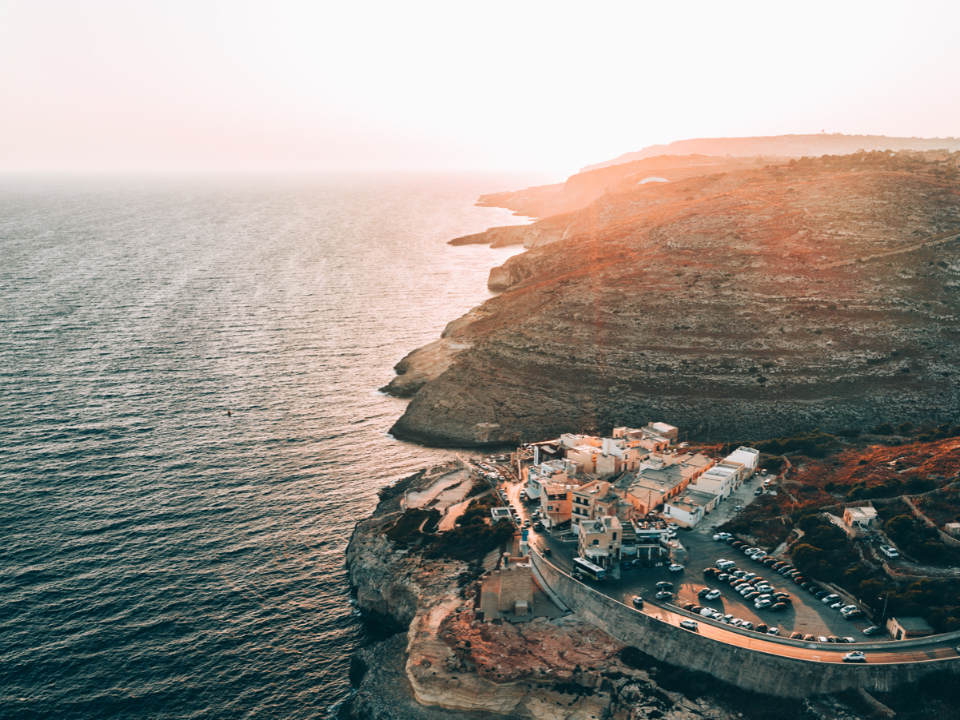
The Maltese coastal waters are generally clean and safe for swimming as there are no tides. Some bays are exposed to north and north-easterly winds which do produce some strong undercurrents at times. If you are new to the Maltese Islands, swim where the locals do.
Sun Bathing
The Maltese Archipelago lies virtually at the centre of the Mediterranean and has a latitude more southerly than that of northern Tunisia. It is advisable to take precautions to ensure that you avoid over exposure to the sun. Even in winter it is recommended to wear sunscreen with a suitable factor for your skin type. This is important if you are out walking, or taking part in water sports. A sun hat is a must. Children and especially babies need extra protection from the sun. If you are sunbathing, it is advisable to avoid the strongest sunlight between the hours of 11am and 3pm in peak summer months.



